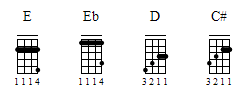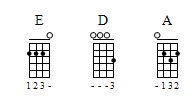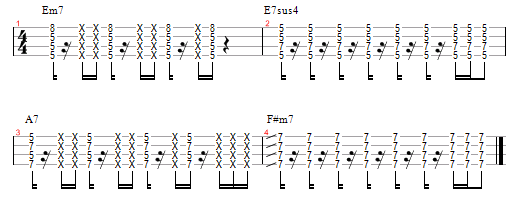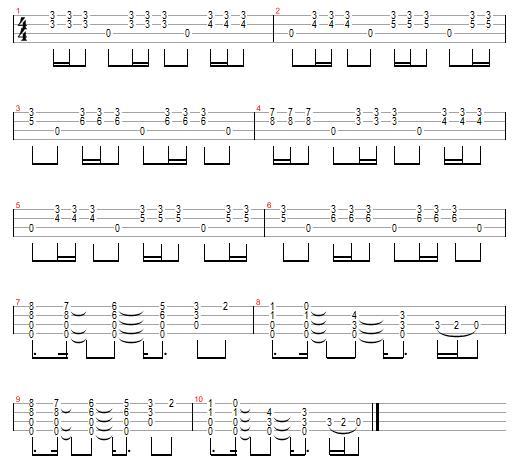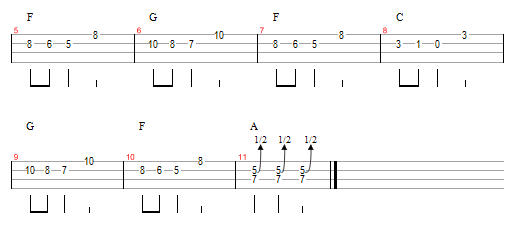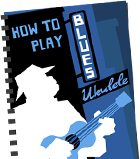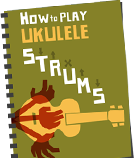Since the great blog disaster, the ‘Recent Comments’ block in the sidebar has been out of action. It’s a shame since many of the comments are a lot more interesting than the junk I write. So from now on I’ll be highlighting a few, fairly randomly selected, comments in the Friday Links posts. Here a few to start off beginning with a comment about comments. Very meta.
LonnaB: Hey, Woodshed, just to be clear, do you have any rules about comments left on the blog? Have you ever removed someone’s post for being vulgar or inflammatory?
Yes, I should probably clear that up.
The official comment policy is, “”. That was the policy at the start anyway. I do delete comments that are likely to hurt someone – personally attacking someone who might actually see the comment. The only issue that really arises is when I’m the person the comment is attacking. In that case, I’ll let the comment stand or fall depending on how much of a dick you seem in the comment. If it’s constructive, that’s fine.
‘Vulgar and inflammatory’ comments, by the way, are very welcome.
Ukulele Barry: “Here’s an update from me. I’ve now had to return my third Fender Pa’ina. I won’t be getting another.
I desperately wanted to like this instrument (and in truth I did) but the quality control from Fender is disgraceful.
The third instrument that I received had a buzz coming from the bridge. This got worse over time and was completely unacceptable when I replaced the standard strings with Worths.
If Fender can iron out the issues, this will be a great Ukulele for the price. If I could buy one in a local store, I’d consider buying another after CAREFUL inspection. But right now, I’m not going to risk another mail order fiasco.
D- for Fender. Must try harder.”
There have been a lot of reviews of Fender ukuleles on that post. Most of have been negative. The only positive comment was from Ukulele Ray and he’s not exactly impartial.
cardboardfrog RE Lulu and the Lampshades: i’ve only just realized that the rhythmn to the yoghurt pots and all the moves are from a drinking game we play in the pub, you do all those actions passing the cup to your right and if your on a round table all the cups circulate in a very pretty fashion, works really well with vocals too
cbf’s years of alcoholism have paid off because he’s absolutely right. Here are some drunk people in Seville having a go at it along with the ever popular beer mat flipping (and some NSFW language).
stevius: There were a total of 25 new video clips uploaded on the Corktown Ukulele Jam (torontoUKES) channel last week – a significant undertaking that involved a huge amount of effort and generosity on the part of all involved, performers and organizers alike. What a shame that 25 performances were evaluted on the subjective merit of “a few”.
That’s referencing a comment I made in response to Acilius. I would like to watch more videos than I do, but I can’t watch them all. If you want to increase the likelihood of me watching yours then:
– include the name of the song in the title.
– do an original and put ‘(original)’ in the title.
– let me know about the video. I’ll always check out the videos of blog readers. I’m fine with you telling me when you’ve uploaded a video, so long as your fine with me not necessarily putting it on the blog. I lost count of how many times Todd emailed me before I featured one of his videos. Now he’s one of the most featured ones on here.
ronhale on the Ukulele Orchestra of Great Britain: “Maybe it’s just me, but to me anyway, the Ukes are (at least) as much a visual treat as they are a musical pleasure. Some of their songs are not just songs, they are musical skits in which the
acting is at least as important & enjoyable as the music.
Something like You Don’t Bring Me Flowers or Orange Blossom Special, which shine on the Anarchy in the Ukulele DVD, would be virtually pointless on a live CD, & hearing audience participation just doesn’t cut it
compared to seeing the audience members, too. Even songs that are not skits always have something visual happening, as each band member has a unique musical/visual personality & the visual personality is lost
on a CD.
People who love their DVD or videos should just close their eyes & see if the impact is the same. It isn’t. It’s been four years since the DVD, & a new live DVD is most welcome, but they should not pretend that they are simply a music group, & ignore the visuals. Some of them come from acting/comedy backgrounds, after all.
Hard to imagine Shaft without that one audience shot (not a visual of the band, of course), or The Good, The Bad, & The Ugly without seeing Jonty break-up.
Anyway, maybe my emphasis on the visual aspect of the band is just me, because Will doesn’t say a word about it. And I would love to hear what the other people think about this, because (to me, anyway) they’re only as
popular as they are Because of the extra-musical, visual aspects of their shows that people experience live & on the many videos floating around. Ukulele performances alone are just not going to bring civilians into the ukulele fold, but ukulele entertainment can.
Toss in Wuthering Heights & you have my three favorite Ukes tunes, but the WH on Live in London #1, is a pale, pathetic, poser wannabe of the DVD version.
The Ukes, of course, have played the Electric Proms, joining the Kaiser Chiefs on Ruby (one of my favorite videos of them).”
ronhale’s comments are almost an entire blog on their own and are always good for a read.


